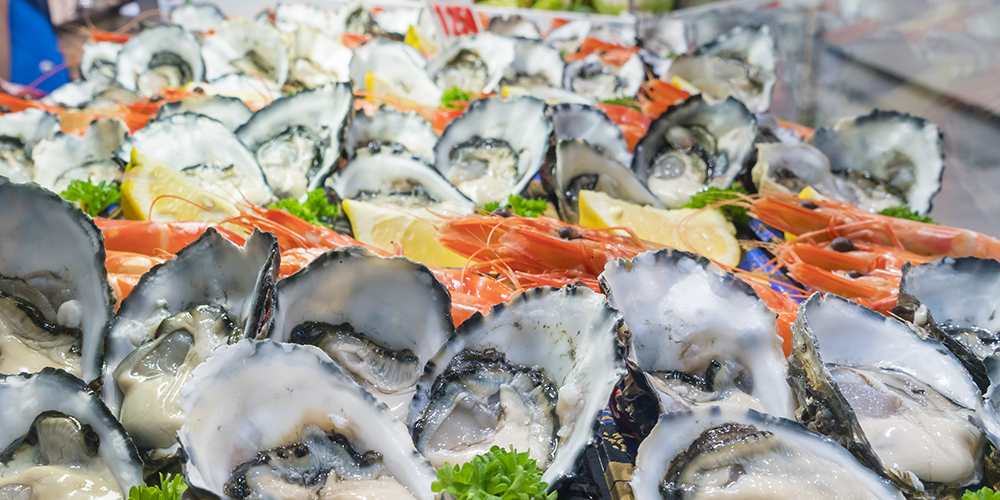Oyster farming has come a long way from the days of the “stick method,” which was in use for seven or eight years. An important part of the business’s history has been using the stick method to deposit oyster larvae on tar-coated hardwood sticks, which are arranged in a rack in the water. Snaring and trapping young oysters is what happens when the sticks come into contact with their shells. In the end, though, the tar would flow into the river, polluting it. The Oysters Market in Australia is a perfect hubhouse for high quality oysters.
The Right Flavors of The Best Oysters
The flavor of oysters is influenced by the water they are reared in. Before it can be slurped up and eaten, the meat must be removed from the bottom shell. Additionally, this method was too sluggish to be effective. It was common to see the shellfish on the sticks grow long and thin as well as overlapping. They would also become one. Oysters now have a more uniform shape thanks to ecologically friendly cultivation practices rather than the old stick method.
In the Oysters Market in Australia, slats have replaced tar-treated sticks as the preferred method of fencing for farmers on the South Coast. Nothing else has to be done to the slats at this point. It takes several months for the oysters to create their shells from the algae in the water after sucking on the slats.
Harvesting of Best Oysters
After 8 or 10 months, the oysters are harvested from the slat. To attract commercial fishers and shell fishers, oysters have a deep cup form due to the waves swaying the water’s tumblers.
One by one, the oysters are relocated to floating mesh bags where they are piled in layers of water until they reach a certain size. They are dried out by sunlight and wind and then rotated every six days so that the second bag of oysters may be exposed to the sun as well. With the best Oysters Market in Australia by your side you can expect the best.
Because they didn’t have time to cover the bags (with a protective frame) before the rays came, farmers in this region have lost thousands of dollars’ worth of fish to the creatures. Marine predators, on the other hand, are a piece of cake when compared to human peril.
Are there any precious pearls among his crops, as well?
That doesn’t happen very often, and we’re not going to seed them for it. As time passed, the Davidson family’s whaling business prospered because of its close ties to killer whales. Killer whales would herd a baleen whale into the bay’s entrance if it got within striking distance of Twofold Bay, which is on the whale’s migratory track. Look for the best Oysters Market in Australia for the best quality.
To alert the Davidsons that they were being pursued, a member of the pod would dive into the water and flail its tail. They would then chase the killer whale to the site where a baleen whale was hiding, and harpoon it there. As part of their plan, the Davidsons would take the blubber and the carcasses of the baleen whales, which would be placed along the coast overnight for the killer whales to feast on.
Time to have the best Oyster Choice
From Sydney, Pebbly Beach is around four hours distant. Isn’t it complete? Take a short stop in Jervis Bay, where you can go dolphin-watching or explore coastal villages like as Mollymook and Berry, before returning to Melbourne. When we set out to discover the mysteries of oysters, we ended up with much more flavor than we bargained for in the process.

